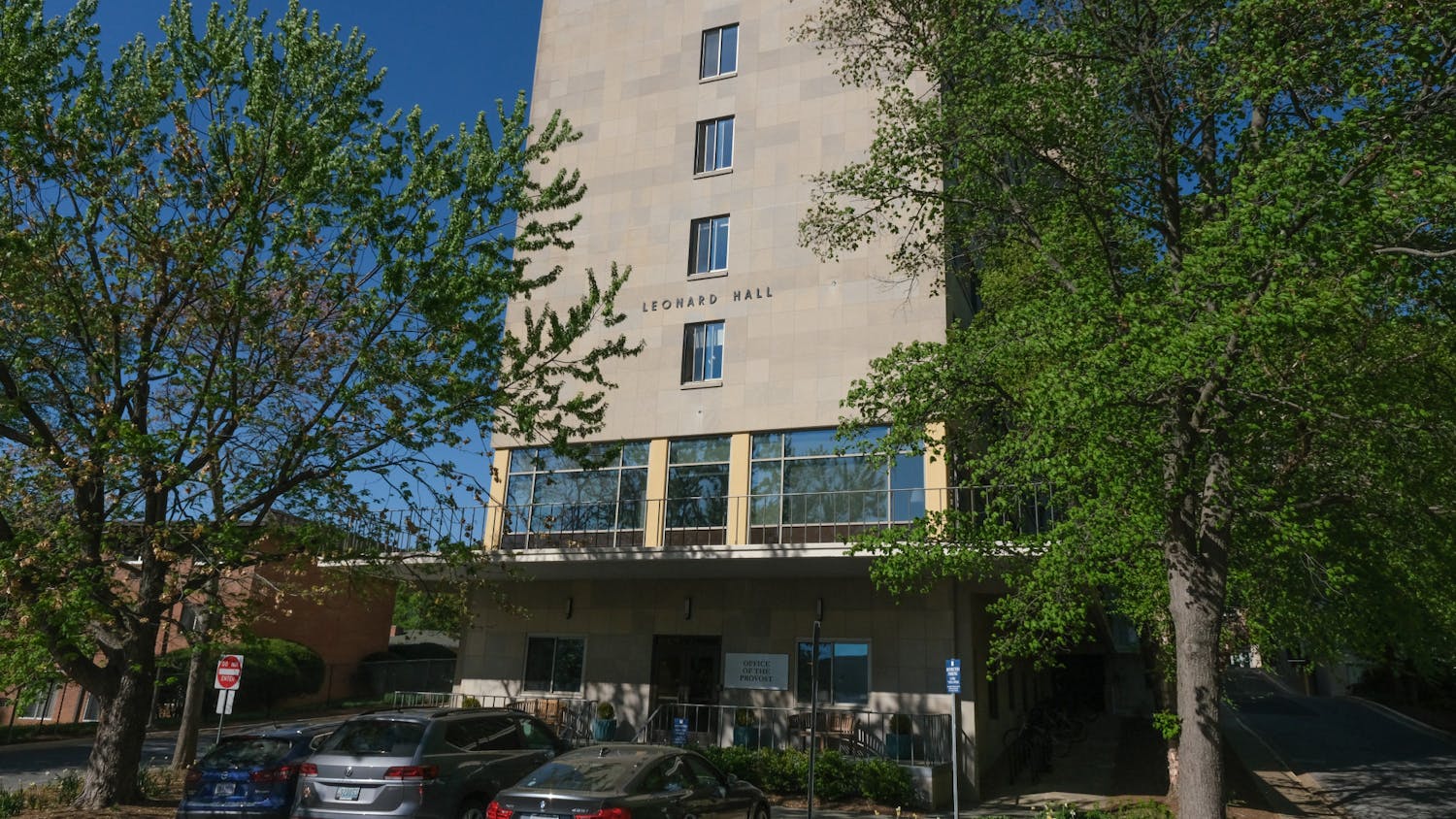We question everything but alcohol culture. We challenge consumerism. We pick apart our universities’ financial motives. We play devil’s advocate, debate capitalism and discuss the industrial complex of every structure in America. However, we never examine what systems of power are at play when every year the alcohol industry gets $5.5 billion from college students as nearly 700,000 of us get physically assaulted in its presence.
The relationship between alcohol and violence is staggering. Every 10 percent increase in alcohol consumption is associated with a 3.3 percent increase in violent incidents. A Cardiff University study found that consuming one to four drinks increases the rate of violence at an average of 1.34 times in both sexes but consuming over five drinks increases the rate of violence in males by 1.96-2.95, while females remain the same.
Alcohol contributes to half of campus assaults — by which Black students and women are disproportionately harmed. Nearly two in three college students engage in binge drinking, and a Harvard University study found that when more than 50 percent of a student body drinks, 87 percent of students experience verbal arguments, property damage, harassment, sexual harassment, assault and/or sexual assault. Any attempt at making college safer for these groups must interrogate why alcohol is accepted as a given.
“A lot of times perpetrators [of sexual violence] get out of [accountability measures] by saying they were drunk and had no clue what they were doing,” said Lillian Frame, a senior in the School of Public Affairs and advocate against sexual violence.
There is a clear link between violence and alcohol consumption, which makes perpetrators and their supporting institutions all the more complicit. There is a substance proven to make individuals more violent, yet they bring it to parties and serve it with dinner. They knowingly downplay the risks and severity of alcohol in order to create an unsafe environment. Anti-racism and pro-consent statements are purely performative without reducing the prevalence of alcohol. The system of power that assaults 1 in 4 college women remains in power when sobriety is treated like a bizarre decision, rather than putting ethanol in your organs.
“We drink — for fun — the same thing we use to make rocket fuel, house paint, antiseptics, solvents, perfumes and deodorants,” writes Holly Whitaker in “Quit Like A Woman.” “[This] might make sense … if we weren’t a generation of green-minded, … health-conscious, truth-seeking individuals. But we are.”
We’ve blindly accepted alcohol as normal. Just the short-term effects include insomnia, toxin buildup, broken blood vessels, skin aging, insulin imbalance, hormone changes, anxiety, migraines and more.
The long-term effects of alcohol are worse, which is concerning when half of fraternity members and a quarter of sorority members develop symptoms of alcoholism by age 35. The biggest social institutions and activities on campus come with an increased risk of seven different cancers, and we’re all supposed to pretend it’s not poison to avoid being the buzzkill.
Alcohol is a much more destructive substance than we give it credit for. The alcohol industry and social structures saturated with abusers ensure no one does a real risk-benefit analysis before ingesting it.
Of college students ages 18-22, 8.7 percent have alcoholism. The same age group, when not in college, has an alcoholism rate of 7.7 percent. So why do college students drink more?
One of the most common reasons, aside from social pressure, is stress. Other outlets can also relieve stress, like therapy, socializing, hobbies or even other substances. Abusers made sure that the outlet that makes them more violent is the most acceptable to use.
Anything that motivates students to drink must be questioned to address campus violence. If the course load is so immense that students can’t cope while sober, the entire structure of higher education is complicit — from the number of assignments professors require to the number of credits administrations allow.
We would question any other institution where the average person was drunk for 10.6 hours per week. Universities help uphold alcohol culture and the abusers who benefit from it by making classes so stressful. They could reduce coursework, spread out assignments, make deadlines flexible or offer continuous free counseling.
As for students, we can start by treating sobriety the same as seatbelts and STI testing — a logical decision to stay safe and healthy — rather than an extreme decision brought on by trauma or a medical issue. The most impactful way we can deconstruct alcohol culture is to stop to consider whether alcohol benefits everyone at a social event, putting in the effort to make get-togethers actually fun instead of relying on an altered neurological state. The more we prioritize sober joy, the less ability abusers have to funnel women and people of color into unsafe environments by convincing everyone that drinking is the best way to socialize in college.
Greta Mauch is a senior in the School of Communication and an opinion columnist for The Eagle.
This article was edited by Jelinda Montes, Alexis Bernstein and Abigail Pritchard. Copy editing done by Isabelle Kravis, Leta Lattin, Luna Jinks and Sarah Clayton.





